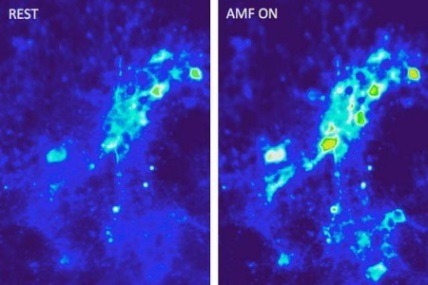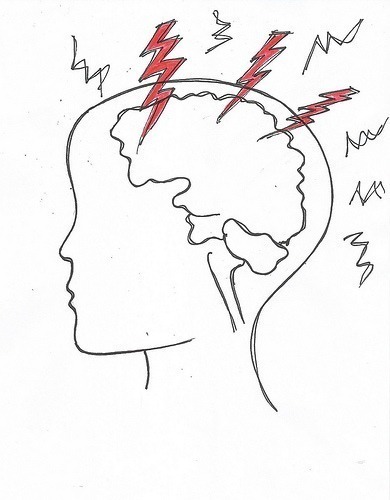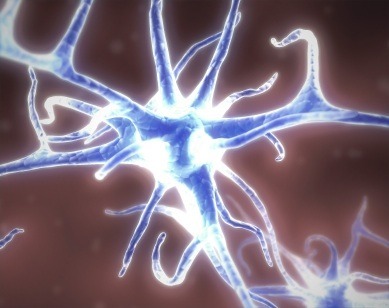Posts Tagged ‘deep-brain-stimulation’
Non-invasive brain stimulation meets nanotechnology
. MIT Researchers Develop Wireless, Noninvasive Deep Brain Stimulation Approach (Med Device online): “Scientists have introduced a novel method of administering brain stimulation that requires no implants or external connections. By injecting magnetic nanoparticles into the brain, researchers have found that they can manipulate neurons by applying external magnetic fields
Read MoreGood survey of brain stimulation methods, value and limitations
Stimulating the Brain: From If to How (The Dana Foundation): “Recent years have brought modern methods of brain stimulation into the mainstream of neurology and psychiatry. But their mechanism—how exactly deep brain stimulation (DBS) relieves Parkinson’s disease symptoms and how repetitive transcranial magnetic stimulation (rTMS) improves depression, for example—remains obscure. Research
Read MoreCan Direct Brain Stimulation Boost Performance?
Neurons in the brain transmit information by exchanging electrical and chemical signals. What would happen if these electrical signals were transformed by applying an external current? Could this help boost brain functions? In this article, Transcranial direct current stimulation (tDCS) is reported to help people solve brain-teasers. In the study weak currents altered the activity…
Read More


